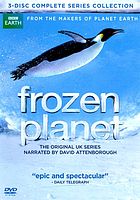
|
Frozen Planet. Ep. 7, On Thin Ice
Copies
0 Total copies, 0 Copies are in,
0 Copies are out.
Digital Link
Language
English
Series







